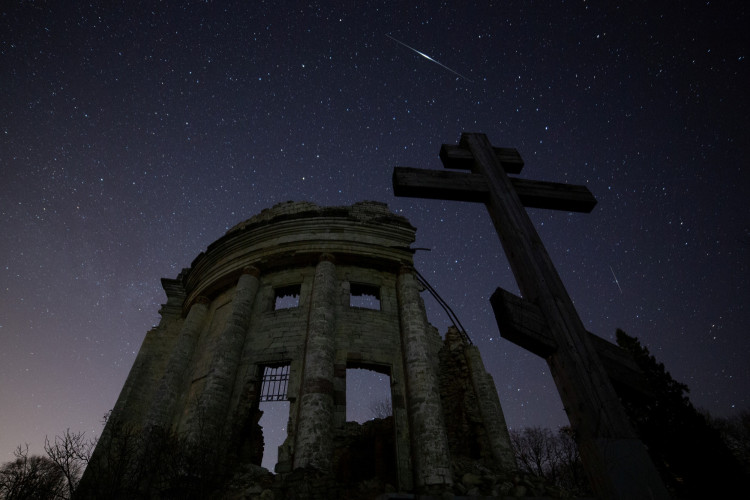The Lyrid meteor shower reached its peak last week, treating stargazers to up to 20 luminous space rocks shooting through the sky per hour. Those in the Northern Hemisphere viewed it best for sure, but this week, Southern Hemisphere watchers get their turn to tilt their heads up and see the Eta Aquarid meteor shower.
We're about to pass through the thickest part of Halley's comet's long dust trail and witness the peak of the yearly Eta Aquarid meteor shower. It will peak in the early morning hours of May 6, between 2 and 5 am AEST.
Stargazers will see between 20 and 40 meteors per hour, but those in the Northern Hemisphere should be able to see 10 to 15 meteors per hour. There's a caveat to this event through -- the next full moon happens on May 7, making the night sky extra bright. To see the meteors' best, the sky has to be super dark to enjoy the peak of the shower. Still, you may have more luck watching the shower during the slightly darker mornings on either side of the peak.
Halley's Comet passes by Earth every 76 years or so; it was last seen in our skies in 1986. It left, however, a long trail of ancient dust, which we pass through from April 19 to May 28, but the thickest debris can be observed on the morning of May 6. In October, we will pass through the debris trail again and witness the Orionid shower.
How To Watch the Eta Aquarid Meteor Shower
The meteor shower is named after the faint Eta Aquarii star in the Aquarius Constellation, which acts as its radiant point or the area of the night sky that the meteors appear to originate. According to Bruce McClure of EarthSky.org, those who want to find the best spot to scour the night sky should learn to identify the Aquarius Constellation first and its Y-shaped "Water Jar," which is made up of four stars, including Eta Aquarii.
You don't need a binocular or a telescope to see the meteor shower. The best place to see is somewhere away from artificial light, which should allow your eyes to adjust to the dark.
Be sure to follow social distancing guidelines when viewing this year's Halley's Comet meteor shower. Best to just stay within your property -- whether on the rooftop, balcony, or backyard. Just remember to set your alarm, maybe take pictures or a video, and enjoy.




